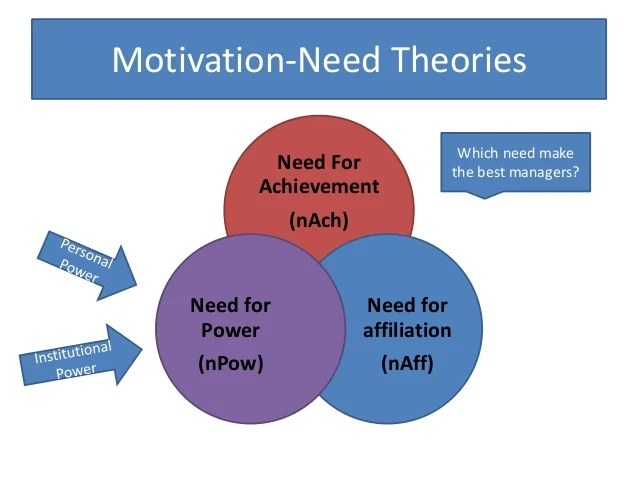The Action Theory of Motivation differs from traditional content and process theories of motivation by placing its focus explicitly on the link between motivation and action.
This theory begins by analyzing the situation in which motivation arises. Motivation can stem from internal demands for achievement, leadership interaction, engaging tasks, or the surrounding social environment—ranging from one’s immediate work group to the broader organization and society (Scholz, 2000).
In addition to motivational sources, emotion plays a central role in guiding behavior. As outlined by Izard (1991), emotions consist of:
-
Two positive components: interest and joy
-
Seven negative components: fear, anger, disgust, pain, contempt, shame, and guilt
-
One neutral component: surprise
Each emotional state triggers distinct behavioral patterns.
Intuition also influences behavior, enabling decision-making without prior analytical reasoning (Nalcadzjan, 1975). In the context of organizational learning and employee management, intellectual intuition is especially vital for generating ideas, making rapid evaluations, and solving complex problems. Although intuition is often linked to right-brain thinking in management literature, and analytical thought to the left hemisphere, there is currently no conclusive physiological evidence supporting this distinction.
Volition refers to the actual execution of actions aimed at achieving a motivational goal. According to Heckhausen (2005), volition can be broken down into four phases:
-
Predecisional phase – deciding on a specific action
-
Preactional phase – choosing the optimal timing
-
Actional phase – carrying out the intention
-
Postactional phase – evaluating the outcome
Employees supported throughout these phases—from motivation to volition—by effective leadership are more likely to demonstrate improved performance.
After the action, attribution processes (see attribution theory of leadership) determine the perceived causes of success or failure. These attributions may relate to internal factors (intention, effort, ability) or external ones (task difficulty, luck), and they significantly influence future behavior:
-
Success-oriented individuals: Attribute success to their ability and failure to lack of effort, leading to continuous performance improvement.
-
Failure-avoidant individuals: Attribute success to easy tasks and failure to lack of ability, often resulting in withdrawal or decreased effort.
Although still a fragmented theoretical framework, the Action Theory of Motivation integrates a much broader range of action-relevant phenomena than traditional models, offering a comprehensive view of how motivation translates into behavior in workplace contexts.
« Back to Glossary Index






